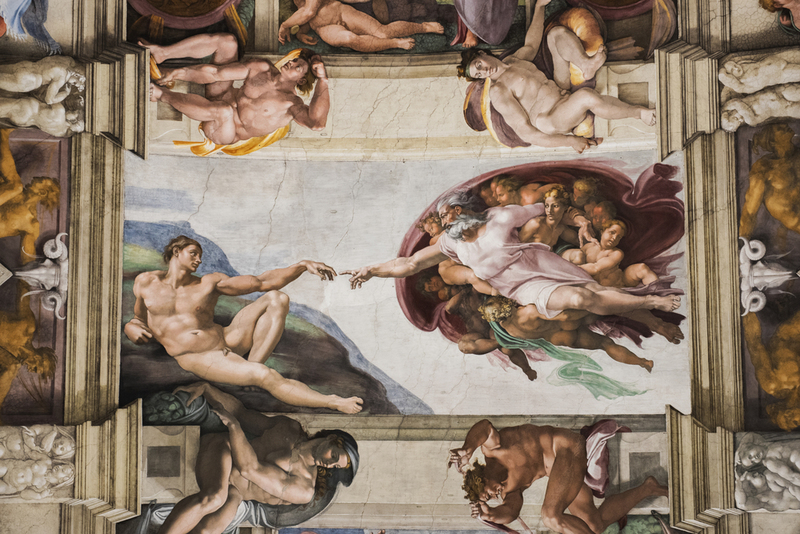
Middle Ages
According to current historians, many elements of Renaissance art were being experimented with in the 14th century CE. Artists like Giotto (d. 1337 CE) used foreshortening to lend depth to their paintings. The Scrovegni Chapel frescoes in Padua show Giotto’s foreshortening, light and shadow, emotion, and dynamic scene selection (c. 1315 CE). Their success in bringing characters to life will influence later painters. So, even though he lived before the Renaissance, Giotto is generally called the “first Renaissance painter.” The Renaissance saw a revival of interest in Rome and Greece and classical literature, architecture, and art were all explored to extract ideas that could be altered for the modern world. His collection of antique artworks was a subject of study for many artists, including Lorenzo de Medici (1449-1492 CE). Young artists in established masters’ schools had access to antique art or at least reproduction sketches.
Artists’ Enhanced Status
Another new trend was the need to rebuild art history and catalog the significant artists and their works. Giorgio Vasari (1511-1574 CE) wrote The Lives of the Most Excellent Italian Architects, Painters, and Sculptors (1550 CE, revised 1568 CE). Vasari is regarded as a pioneer of art history for his extensive record of Renaissance artists, works, and tales. Artists benefited from biographies written about their lives and achievements even while living, as Ascanio Condivi’s 1553 Life of Michelangelo (1525-1574 CE) showed. The Commentaries of Lorenzo Ghiberti(1378-1455 CE) were written around 1450 CE. It is the first autobiography of a European artist detailing Ghiberti’s own life and career.

Paintings
Experiments were done with oil paints (pigments combined with linseed or walnut oil), which produced richer colors, a larger spectrum of tones, and more depth. Oils allowed for more detail and brush strokes to be seen. By the end of the 15th century, most significant artists utilized oils instead of tempera on an easel. Oils, unlike true fresco, degraded quickly when employed on walls. The subject matter was another chance for experimentation. It was popularized by Michelangelo’s Sistine Chapel ceiling in Rome (1512 CE). Leonardo da Vinci and other artists used Contrapposto or asymmetry between the top and lower bodies of the figures. Creating shapes, particularly triangles, for use in a scenario was in vogue. As in Leonardo’s Last Supper mural at Milan’s Santa Maria Delle Grazie (c. 1498 CE) or Raphael’s Galatea, the goal was to create a cohesive composition with depth (c. 1513 CE, Villa Farnesina, Rome).